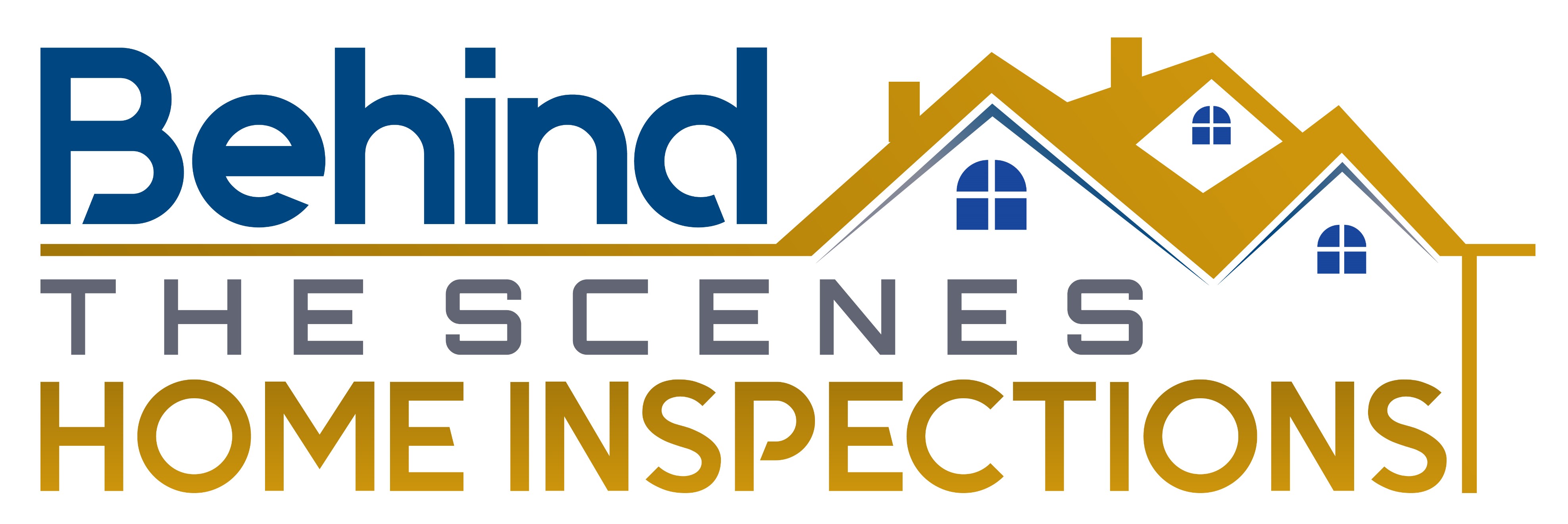What Is Radon and Why Is It Dangerous?
- troygailey

- Jan 12, 2021
- 3 min read
Updated: Jul 26, 2021
Do you know what kills more Americans than drownings, airplane crashes, and fires combined? It’s radon gas. This is an odorless, tasteless, and colorless gas that naturally seeps out of rocks, soil, and water. It can be found anywhere in the US, and it can creep into homes and other buildings undetected.
What is radon, and why is it dangerous? It’s a radioactive element that transforms into other radioactive particles over time—which can happen in the air in your home. Can radon kill you? Yes. You and your loved ones can breathe in these radioactive metals, and that’s linked to about 21,000 deaths from lung cancer every year in the US.
How Common Is Radon?
Any home in the US can have radon in it. A homeowner cannot be sure until the air is tested, because radon gas is invisible and odorless. A house that was recently built is as susceptible as an older home. The house can be spacious or small, drafty or confined, have a basement, or not have one. Any home can have it.
In Utah, we estimate that about a quarter of homes have dangerous levels of radon in them. And most people spend most of their time at home, getting most of their radiation there. In fact, home radon can cause more radiation exposure than all other combined sources.
Does Radon Harm Americans?
Can you get sick from radon? Yes. In fact, radon gas is the main way non-smokers get lung cancer in the US. Americans who are exposed to both radon and cigarette smoke are at even higher risk, but nearly 3,000 lung cancer deaths per year happen to those who have never touched a cigarette.
Children are estimated to be especially vulnerable to radon gas. Because children breathe differently than adults and have smaller, differently-shaped lungs, children’s cancer risk may be double that of adults.
Protect Your Home Against Radon
Around 7% of all US homes could have dangerously high levels of radon gas in them. This gas is often released from the soil under the structure and then enters the home through:
Crawl spaces
Cracks in concrete floors and foundations
Basement sump holes
Mortar joints
Well water
And other entry points
Homeowners and renters can use home radon kits to test their air, or you can call a company that provides this service. If you find a dangerous radon level, you can take steps to lower it, including sub-slab depressurization, which lowers the air pressure in the soil under your house.
Get Your Home Scanned for Radon
Any time is a good time to reduce lung cancer risk for your family. It’s simple to have your home tested for radon gas and have it treated if necessary. You may find that your home is not at risk! But it’s best to find out right away. Every percentage point that you lower radon gas levels in your home is a percentage point of lowered lung cancer risk.
BTS Home Inspections gives Utah residents fast and accurate radon tests. You’ll know your radon level an hour after the test. You can also have a house tested if you’re thinking of buying it. Ask about a mold test, meth test, and thermal scan for added protection.
Schedule a radon test today to have a professional inspector perform it at a competitive price. This is the easiest way to protect yourself and your family from lung cancer. Remember that it’s never too late to fight this invisible killer.




Comments